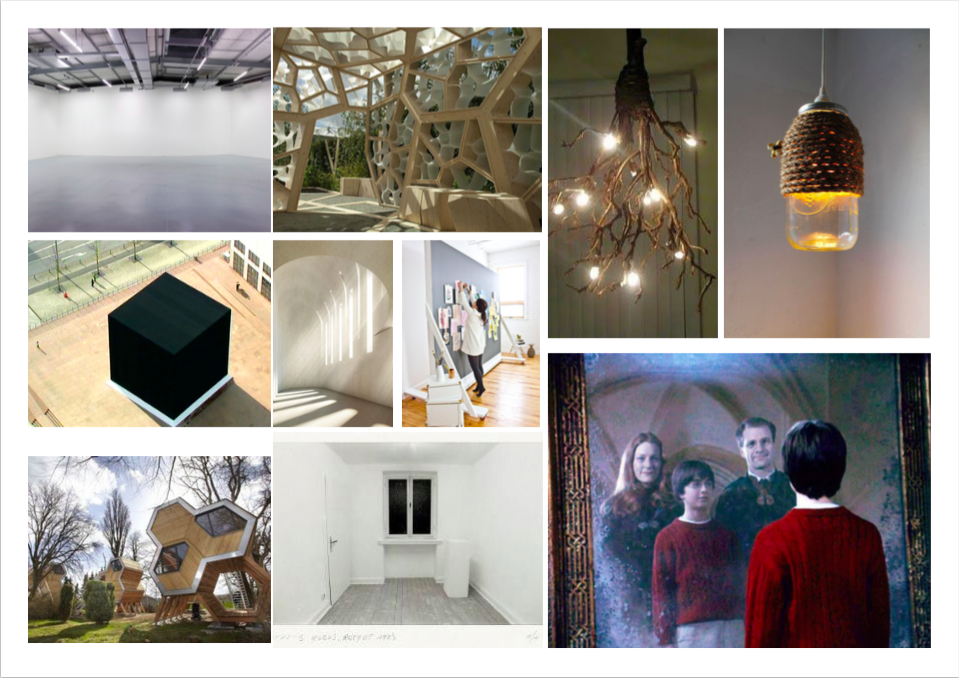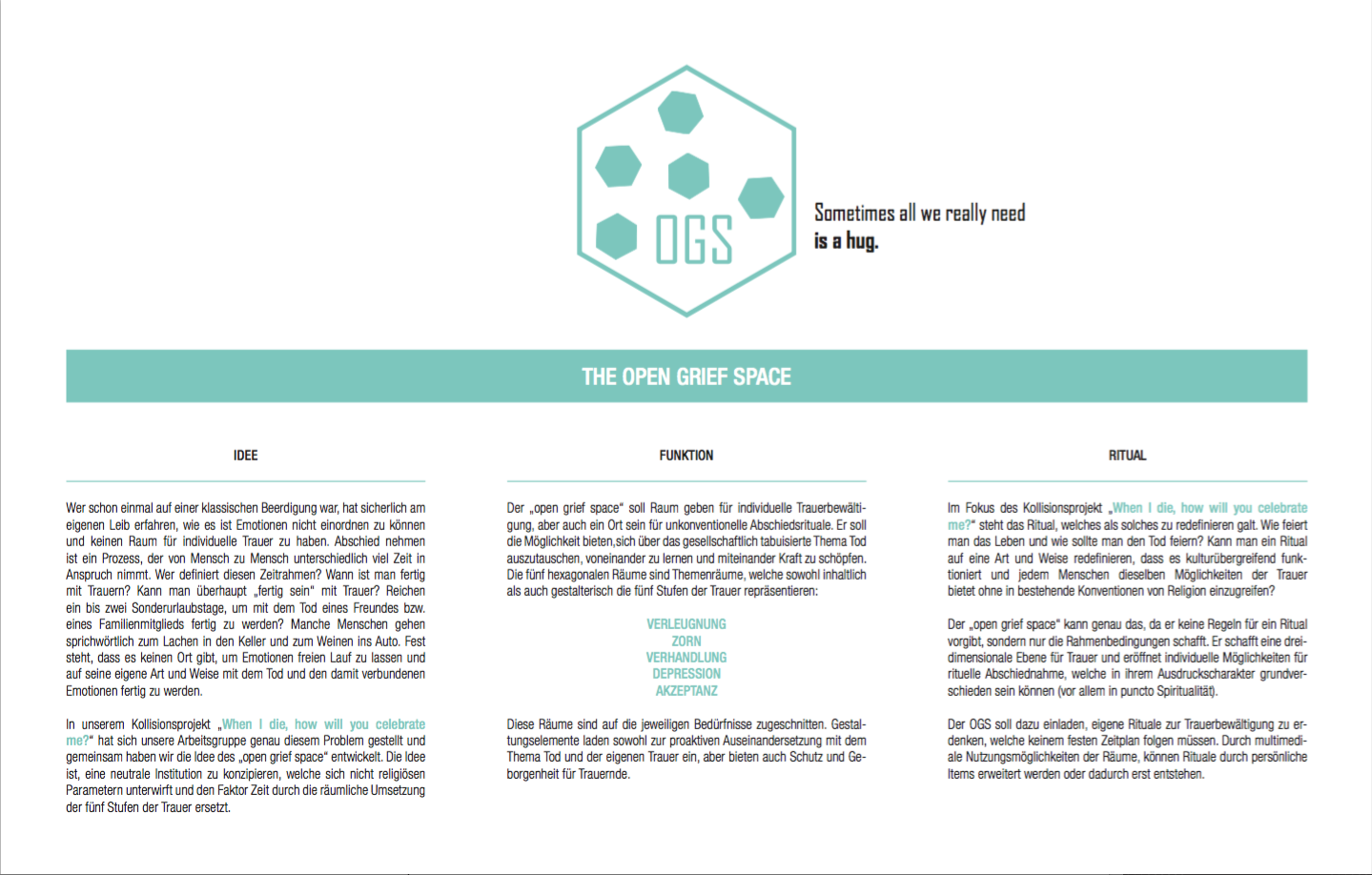A JOURNEY THROUGH FUNERAL CULTURE HERITAGE IN DIFFERENT CULTURES
Text by Jan Janas
(1) In our Western Christian-based world funeral is a place full of black color and sad faces. It is a very boring and dull ritual disembodied of its original spiritual meaning.
(2) In our Collision we have asked ourselves how to re-interpret funerals in a more contemporary and globalized way, following its long-lasting ritualistic heritage, but without focusing on one worldview, one religion, or one tradition alone.
(3) It appears that celebration and respect are the key words to be taken into consideration. Celebration of live in all its facets—with dead being a part of it, a part of the balance like Yin and Yang. And respect for the missed one and, in a way, for all the deads.
(4) In a research on what different cultures around the world think about death, we’d like to take you on a etymological tour that is the start of a re-designed 21st century funeral.
(5) In Japan, WABI-SABI is a therm that expresses the acceptance of the natural cycle of growth and decay. It is an aesthetic term that refers to the beauty of „patina“ or „usage“ over brand new.
(6) In ancient Greek, LETHE is a river underworld that, when drunk from, made souls forget the sufferings of life.
(7) In Old English, DUSTSCEAWUNG (literally „contemplation of the dust“), is a reflection on former civilizations and peoples, and on the knowledge that all things will turn to dust.
(8) In French, SILLAGE refers to the scent that lingers in air, the trail left in water, the impression made in space after something or someone has been gone; the trace of someone’s perfume.
(9) In Welsch, HIRAETH means the homesickness for a home to which you cannot return, a home which maybe never was; the nostalgia, the yearning, the grief for the lost places of your past.
(10) In the hebraic world, MIZPAH is the deep emotional bond between people, especially those separated by distance or death.
(11) While in German, KUMMERSPECK is the excess weight gained from emotional overeating. Literally, grief bacon.
(12) In Portugiese-speaking countries, especially Brasil, SAUDADE is „the love the remains“: a nostalgic longing to be near again to something or someone that is distant.
(13) Taking into consideration the various rituals around the world and the most deepest human needs for a funeral goodbye to their loved ones, we have had fun in re-designing ceremonies and are happy to exhibit them for your pleasure.
SEED (Marilia Afxentiou, Louis Bruno Bindernagel, Hannah Möser, Mizu Sugai, Yannik Rohloff, Cindy Valdez, Patricia Wagner)

CONNECT (Ruth Biene, Jasmin Erb, Tal Golan Hazan, Jan Janas, Abena Karhan, Ivana Kolak, Pablo Martinez, Yasemin Ozkaynak, Momme Ries, Tim Süßbauer, Vi Nghiem Tuong)

OGS / OPEN GRIEF SPACE (Zoe Agathos, Louis Bruno Bindernagel, Forough Fami, Nikko Forteza Rumpf, Julius Führer, Grete Smitaite, Eicke Arved Zinke)


Concept and Supervision:
GastProf. Susanne Stauch, IPP, UdK
Virginie Gailing, Strategic Design & REDEATH.ORG
Sabine Schneider, Fashion/Costumedesign & Dance Pedagogy
with students from GWK, Product, Fashion, Art, Costume, Choreography/Dance, Musical/Show
Marilia Afxentiou, Zoe Agathos, Ruth Biene, Louis Bruno Bindernagel, Jasmin Erb, Forough Fami, Nikko Forteza Rumpf, Julius Führer, Tal Golan Hazan, Jan Janas, Abena Karhan, Ivana Kolak, Pablo Martinez, Hannah Möser, Vi Nghiem Tuong, Yasemen Ozkaynak, Momme Ries, Yannik Rohloff, Grete Smitaite, Mizu Sugai, Tim Süßbauer, Cindy Valdez, Patricia Wagner, Eicke Arved Zinke
